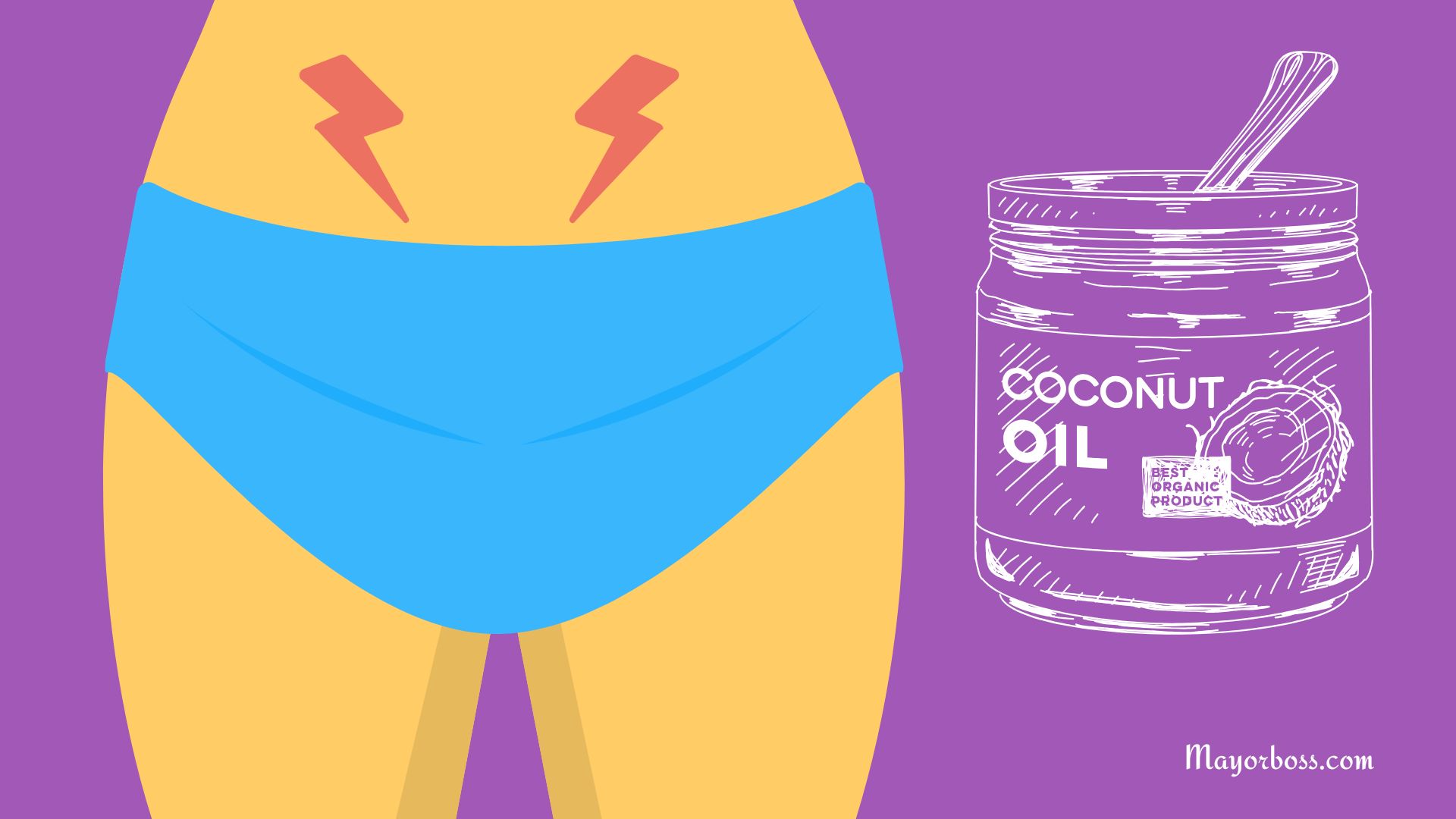15 Home Remedies for a Yeast Infection
Yeast infections can be very uncomfortable and sometimes a bit embarrassing to talk about, but they are really common. If you have a yeast infection, it just means that the balance of yeast and bacteria in your body has been thrown off, which causes the yeast to grow too much. Common symptoms are a rash, white or yellow discharge, itching, or burning. Seeing a doctor for medicated ointments is usually the best way to treat a yeast infection, but there are also some home remedies that can help make it feel better. Here are 15 home remedies you can try.

1. Yogurt
Plain, unsweetened yogurt is full of probiotics, which are good bacteria that help your body keep a healthy balance. You can apply a small amount of yogurt to the affected area or eat it to help with mild yeast infections.
2. Coconut Oil
Coconut oil has natural antifungal properties, which means it can help get rid of extra yeast. You can apply a small amount of virgin coconut oil directly to the infected area to help with itching and irritation.
3. Tea Tree Oil
Tea tree oil is definitely known for fighting yeast and other fungi. Mix a few drops of tea tree oil with a carrier oil, like olive oil, before putting it on the affected area. It might be helpful to test a small amount on a small area of skin first to check for any allergic reactions, as tea tree oil can sometimes cause irritation. Tea tree oil is very strong, so it needs to be diluted to avoid skin irritation.
4. Apple Cider Vinegar
Apple cider vinegar is another popular home remedy for yeast infections. It has antifungal properties that can help restore your body’s pH balance. You can add a cup of apple cider vinegar to a warm bath and soak in it. Be careful not to put it directly on your skin without diluting it because it can cause irritation.
5. Boric Acid Suppositories
Boric acid is a natural antiseptic that can help with stubborn yeast infections, especially if they keep coming back. Boric acid suppositories can work well, but you should ask your doctor before using them, as boric acid can be harmful if not used properly. Pregnant women should avoid using boric acid unless advised by their doctor.
6. Garlic
Numerous modern studies confirm that garlic has the full ability to fight off bacteria and yeast. Adding more garlic to your diet may help fight off yeast infections. Some people use garlic directly on the skin, but it can cause burns or severe irritation, especially in sensitive areas, and is generally not recommended. It’s best to talk to a doctor before trying it in any form.
7. Cranberry Juice Can Help Prevent Yeast Overgrowth
Cranberry juice is often recommended for urinary health, but unsubstantiated claims that it can also help with yeast infections. Unsweetened cranberry juice may help prevent yeast from growing by keeping your body’s pH levels balanced. Make sure to use the unsweetened kind, as sugar can make yeast grow more.
8. Hydrogen Peroxide
Hydrogen peroxide is a natural disinfectant that can kill yeast when used carefully. You can mix it with water and apply it to the affected area but only use it a little bit because too much can irritate your skin.
9. Oregano Oil
Oregano oil has compounds called thymol and carvacrol, which can fight yeast. Mix oregano oil with a carrier oil before applying it to the affected area. It’s important to dilute oregano oil because it can be harsh on the skin.
10. Baking Soda Baths Can Help Soothe Itching
Baking soda is great for soothing the itching that comes with a yeast infection. Add half a cup of baking soda to a warm bath and soak in it to feel some relief. Baking soda can also help balance your skin’s pH levels to prevent yeast from growing too much.
11. Aloe Vera Gel
Aloe vera gel has natural anti-inflammatory properties that help soothe itching and irritation. Apply pure aloe vera gel to the infected area for a cooling and calming effect.
12. Vitamin C
Vitamin C helps boost your immune system, which can support your body’s overall health and may help prevent yeast infections, but it is not a cure on its own. You can eat more foods that are high in vitamin C, like oranges, bell peppers, and leafy greens, or you can take a vitamin C supplement.
13. Epsom Salt Baths Can Relieve Itching
Epsom salt baths can also help reduce itching and irritation from a yeast infection. Add a cup of Epsom salt to a warm bath and soak for 15-20 minutes. The salts help draw out toxins and soothe your skin.
14. Turmeric
Turmeric is a spice that has antifungal properties thanks to an active ingredient called curcumin. You can add turmeric to your food or make a paste with a little bit of water and apply it to the infected area. Just keep in mind that turmeric can stain your skin and clothes.
15. Avoid Tight Clothing to Keep Yeast from Growing
Wearing loose clothes is important when you have a yeast infection. Tight clothing can create a warm, moist environment that yeast loves, making the infection worse. Wear loose, breathable fabrics like cotton to keep the area dry.
When to See a Doctor
Home remedies can help with mild yeast infections, but they don’t always work. If your symptoms don’t go away, or if they get worse, or if this is your first yeast infection and you aren’t sure what to do, it’s best to see a doctor. A doctor can give you the right diagnosis and the right treatment.






